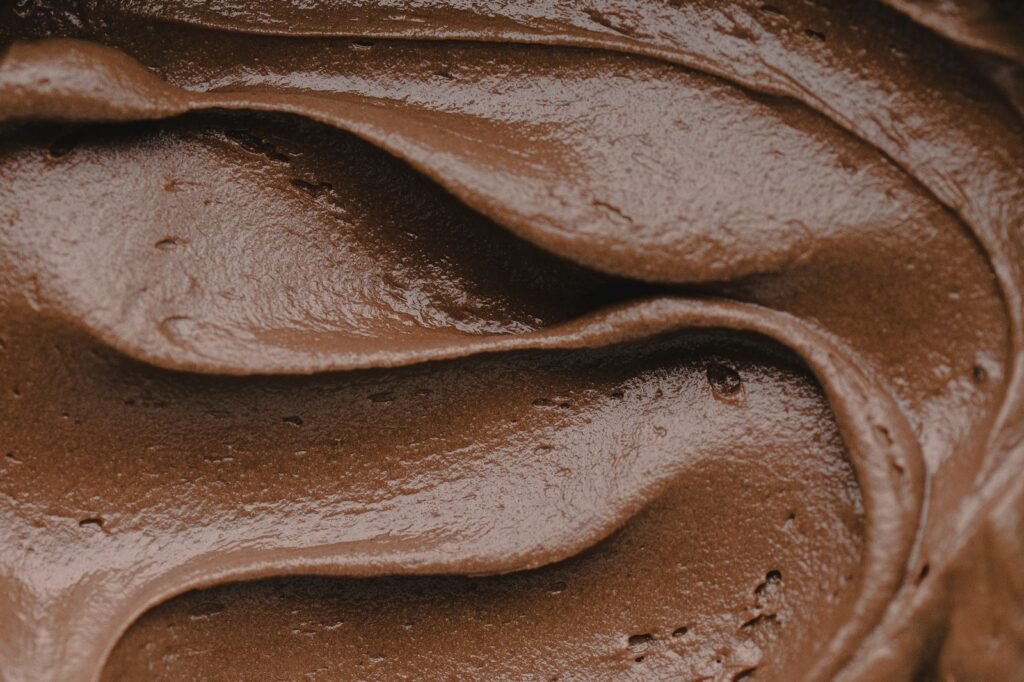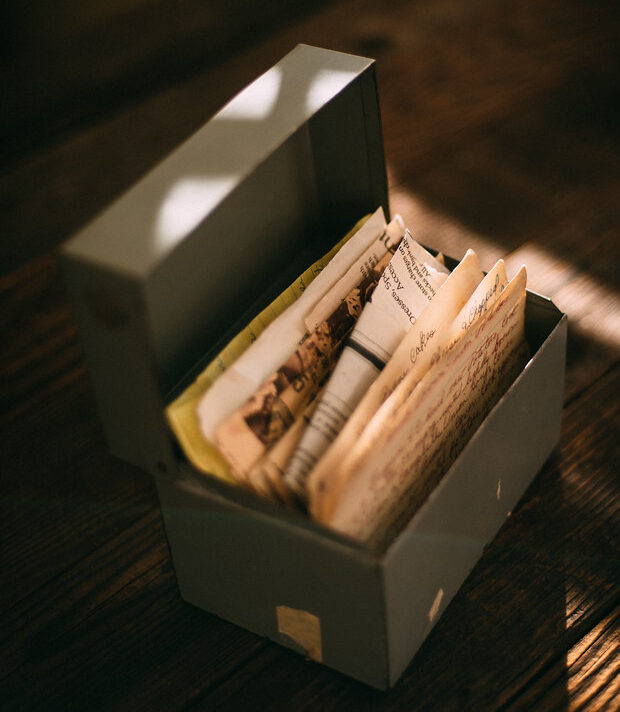If you’re anything like me, a good chocolate frosting is essential for your recipe box. There’s nothing quite like a luscious, homemade chocolate frosting to elevate your cakes, cupcakes, cookies, and even brownies. Today, I’m thrilled to share with you my go-to recipe for decadent chocolate frosting. It’s rich, creamy, and sure to satisfy any chocolate craving. Whether you’re an experienced baker or just starting out, this frosting is easy and very tasty.
Ingredients You’ll Need
Unsalted butter, softened: The foundation of any great frosting. Softened butter ensures a creamy and smooth texture when beaten.
Unsweetened chocolate bar, melted and cooled: Provides a rich, intense chocolate flavor that cocoa powder alone can’t match.
Powdered sugar: Sweetens the frosting while contributing to a smooth, velvety texture. Make sure to sift it to avoid any lumps.
Heavy cream: Adds richness and helps achieve the perfect consistency. It makes the frosting smooth and easy to spread or pipe.
Vanilla extract: Enhances the chocolate flavor and adds a wonderful aroma.
Pinch of salt: Balances the sweetness and deepens the chocolate flavor.
The Magic of Unsweetened Chocolate
I have to confess, I used to rely on cocoa powder for my chocolate frosting, but everything changed when I tried using an unsweetened chocolate bar. The depth of flavor from melted chocolate is unmatched and brings a richness and intensity that cocoa powder alone just can’t match.
Step-by-Step to Silky Chocolate Frosting Bliss
First things first, make sure all your ingredients are at room temperature. This is especially important for the butter, ensuring a smooth and creamy consistency.
- Begin by melting the unsweetened chocolate bar. You can do this by chopping the chocolate into pieces and placing them in a microwave-safe bowl. Microwave in 30-second intervals, stirring in between, until the chocolate is completely melted and smooth. Alternatively, you can melt the chocolate using a double boiler on the stove. Once melted, set the chocolate aside to cool to room temperature. The chocolate must cool before adding it to the frosting to avoid melting the butter.
- In a large mixing bowl, beat the softened butter until it’s light and fluffy. This should take about 2-3 minutes on medium-high speed. This step is crucial because it creates an airy base for your frosting. I remember my first time making frosting from scratch; I skimped on this step, and the result was a dense, heavy mess. Don’t make my mistake—give it the time it needs.
- Next, sift the powdered sugar and gradually add to the butter, mixing on low speed until combined. This helps to prevent the dry ingredients from puffing out of the bowl and covering your kitchen in a fine dusting of sugar. Been there, done that, and it’s not fun to clean up!
- Once the powdered sugar is well incorporated, it’s time to add the melted and cooled unsweetened chocolate. Slowly pour the melted chocolate into the butter and sugar mixture, beating on low speed until fully combined. The melted chocolate is what gives this frosting its rich, intense flavor. Make sure the chocolate is cool to the touch before adding it to avoid melting the butter.
- Slowly pour in the heavy cream while continuing to mix. Increase the speed to medium-high and beat until the frosting is smooth and creamy. You might need to adjust the consistency by adding more cream if needed. The goal is to get a spreadable, yet firm frosting. Too thick, and it’ll be hard to work with; too thin, and it won’t hold its shape. Finding that sweet spot is key.
- Finally, add the vanilla extract and a pinch of salt to enhance the flavor. Beat for another minute to ensure everything is well incorporated. The vanilla adds a lovely depth to the chocolate, while the salt balances the sweetness and enhances the overall flavor.
Remember, a good frosting should be smooth, creamy, and easy to spread or pipe.
Tips for the Best Flavor
High-Quality Chocolate: Use the best unsweetened chocolate you can find. The quality of chocolate makes a big difference in the final product.
Unsalted Butter: Using unsalted butter allows you to control the saltiness of the frosting. If you only have salted butter, just skip the pinch of salt in the recipe.
Troubleshooting Common Issues
Too Grainy
If your frosting turns out grainy, it might be because the powdered sugar wasn’t sifted. Sifting the sugar before adding it to the mixture can prevent this issue.
Too Stiff
If the frosting is too stiff, add more cream, one tablespoon at a time, until you achieve the desired consistency. This will help soften it up and make it easier to spread.
Too Soft
On the flip side, if your frosting is too soft, chill it in the refrigerator for 10-15 minutes. Due to this recipe containing butter, this can help it firm up and become more manageable.
Frosting Application: Tips and Tricks
You’ve made your frosting—now it’s time to apply it. Here are some tips to ensure your frosting not only tastes amazing but looks fantastic too.
Cool Your Cake
This might seem obvious, but I’ve been tempted to rush this step more times than I can count. Frosting a warm cake will result in a melty mess, so be patient and let the cake cool completely.
Crumb Coat for a Smooth Finish
The crumb coat is a thin layer of frosting that you apply first to seal in any stray crumbs. It makes the final layer look much smoother and more professional. After applying the crumb coat, pop the cake in the fridge for 20-30 minutes to set it before adding the final layer.
Use an Offset Spatula
For a perfectly smooth finish, an offset spatula is your best friend. Dip it in warm water, shake off the excess, and use it to smooth the frosting. The warm spatula glides over the frosting, creating a flawless finish.
Get Creative with Decoration
Don’t stop at just spreading the frosting—get creative! Use a piping bag for swirls and rosettes, or try simple decorations like chocolate shavings, sprinkles, or a drizzle of melted chocolate.
Storing and Preserving Your Chocolate Frosting
Store any leftover frosting in an airtight container in the refrigerator for up to a week. Before using, let it come to room temperature and re-whip if necessary. If you need to keep it longer, you can freeze it for up to three months. Just thaw it in the refrigerator overnight and bring it to room temperature before using.
Recommendations
Use a Stand Mixer: It makes the process easier and ensures a well-blended frosting. Hand mixers work too, but a stand mixer can make things a lot simpler, especially when you’re working with larger batches.
Chill Your Tools: For a smoother frosting, chill your mixing bowl and beaters before starting. This can help keep the frosting cool and prevent it from becoming too soft, especially if you’re working in a warm kitchen.
This decadent chocolate frosting is a game-changer for any dessert. Its rich, creamy texture and deep chocolate flavor will leave everyone asking for more. Whether you’re frosting a simple sheet cake or an elaborate layer cake, this recipe is sure to impress. Give it a try on your next baking project and watch your treats transform into irresistible delights!
If you try this recipe, please don’t forget to share your comments with us in the comments below! Happy Baking!


